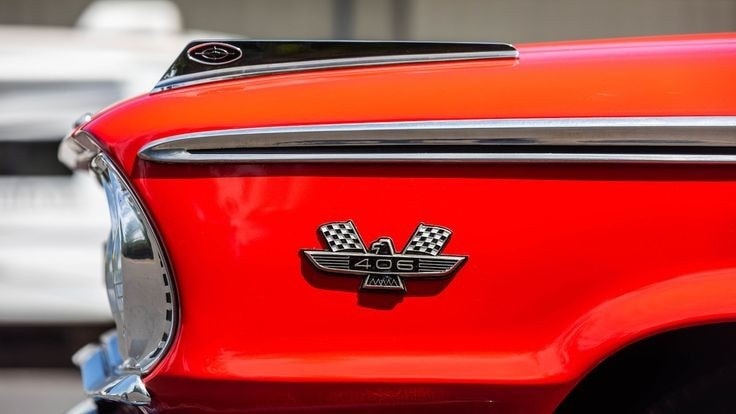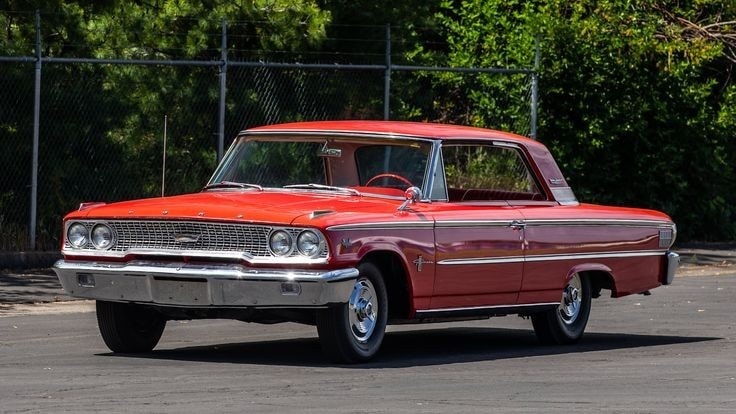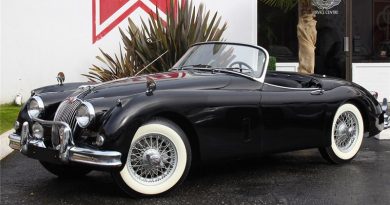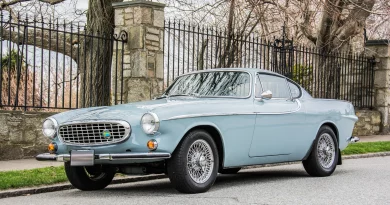1963 Ford Galaxie 500
Ford is synonymous with competition success, having won no fewer than thirteen Formula One Drivers Championships, ten Formula One Manufacturers Championships, sixteen NASCAR Manufacturers Championships, Four World Rally Manufacturer Championships and claimed three outright victories at the Le Mans 24 Hours. So, when the Ford Galaxie made its debut in the 1963 British Saloon Car Championship, the opposition were worried, and rightly so.
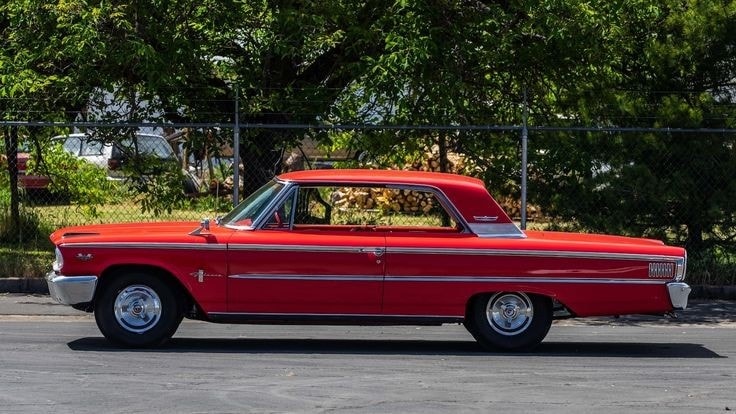
In the middle of 1963, Ford ordered the construction of 200 lightweight Galaxies that were intended for the dragstrip. Ford’s 1963 Galaxie 500 and 500XL Sports Hardtops had already proven themselves, winning the 1963 NASCAR Championship.
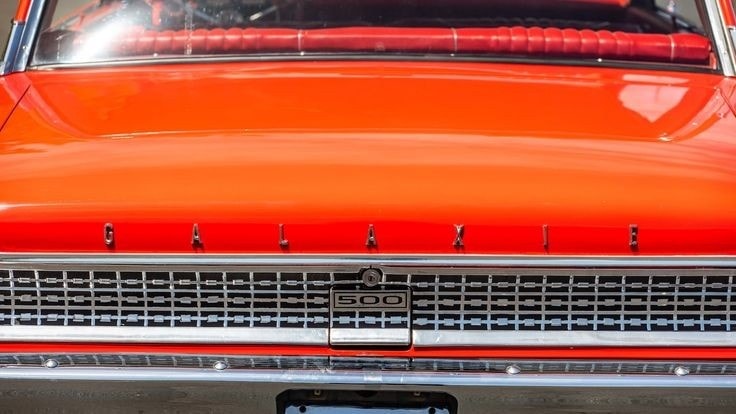
This 1963 Ford Galaxie 500 was powered B-code 406/385 HP, dual-carburettor factory V8 engine, producing 425 bhp. However, this was still not enough performance for some, with Ford commissioning around 210 ‘Lightweight’ editions of the ‘R-Code’ 427.
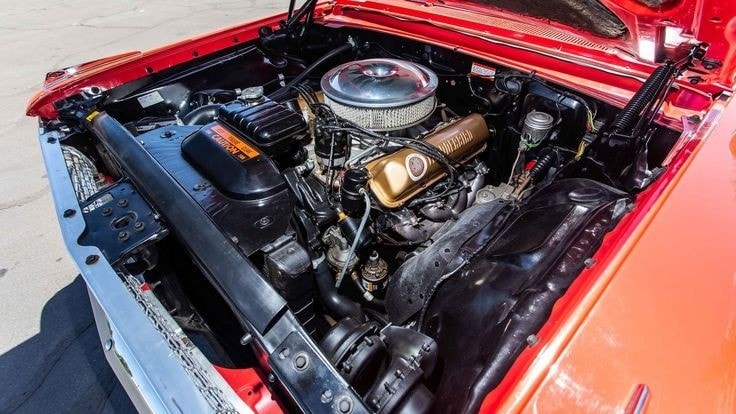
All Galaxies 500 included a 4-speed manual transmission, heavy-duty suspension, axles and brakes, uprated driveshafts and universal joints and larger 15-inch wheels and tires. With a single Holley 780 CFM 4-barrel carburetor on an aluminum intake manifold, Galaxie 500 generated 385 HP at 5,600 RPM and 476 lb-ft of torque at 3,400 RPM, impressive figures that hauled the full-size Galaxie to a top speed of 135 MPH. The R-code dual-quad version pushed even harder, cranking out 425 HP at 6,000 RPM and 480 lb-ft of torque, but its exotic carburetion and middling low-speed acceleration made it a difficult sell to non-racing customers. Q-code equipped Galaxies were similarly rare. The sharp-looking 1963 Galaxie 500 offered here is one of only 1,038 built, out of a total production of 94,730 Galaxie 500.
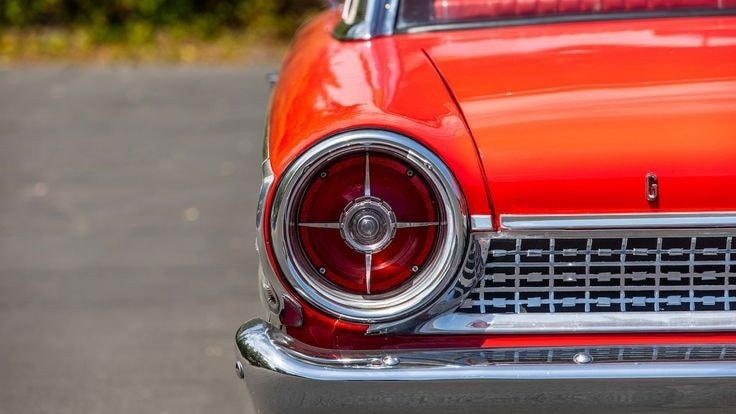
Inside the car had Bostrum lightweight bucket seats, Rubber floor mats, thin cardboard sun visors, floor panels with no armrests.
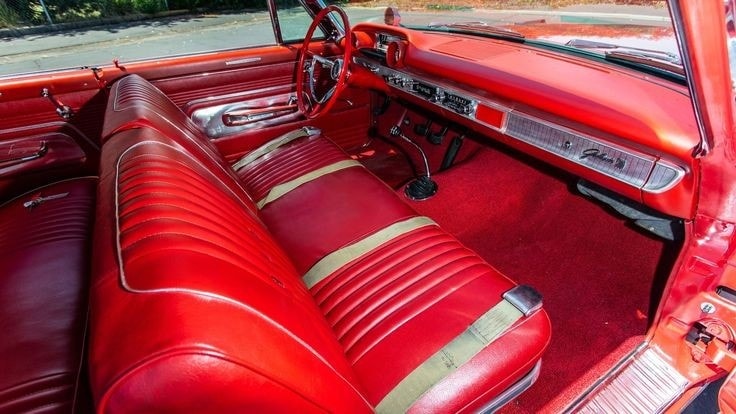
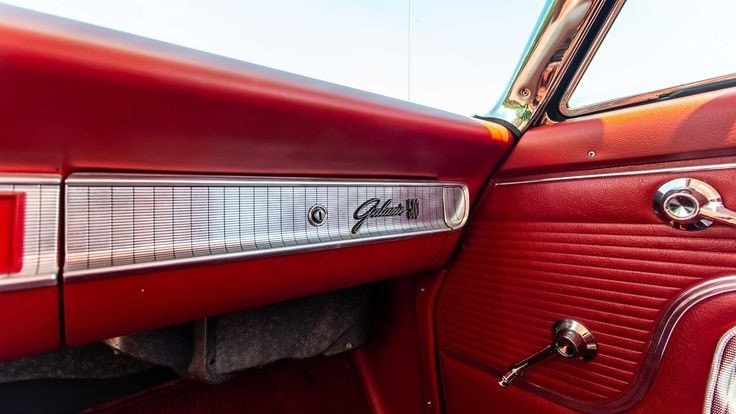
Along with a lightened steel frame, many body panels were replaced by fiberglass. This included the front fenders, inner fenders, hood and trunk lid. Furthermore the front and rear bumpers were made from thin aluminum. Other small alterations included deleted trunk spring torsion bars, hood springs, side mirrors and back-up lights. About the only part beefed up was the heavy duty suspension and brakes.
